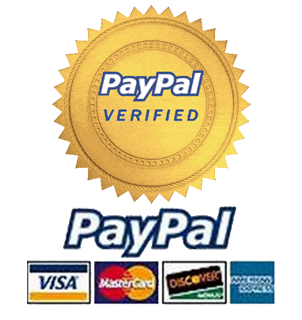With a significant user base of Windows XP, organizations are either strapped for cash, comfortable with what they have, do not see an adequate Return on Investment (ROI) to upgrade operating systems and/or machines, or organizations really do fear change. In order to convince financial officers and project sponsors that upgrading to a more recent iteration of Windows, it is necessary to get over these hurdles. Windows 8.1 has helpful hints built in such as additional icons and has a Start Screen button (sort of like a Start Button) to help new users adjust to the user interface changes (help businesses with retraining, check). Microsoft has made accommodations with hardware manufacturers to give them cheaper prices of Windows licenses for devices with smaller screens. Economy of scale with the transition from non-touch to touch should result in cheaper screens, which means the upgrade costs with go down (lower costs, check). Better security from sandboxing applications and remote device management upgrades are also nice features for the enterprise. So along with these developments, the ability to turn any surface into a screen might be a catalyst to help convince some of the decision makers to upgrade.
And if that does not do it, end of support for Windows XP is coming up in early 2014.




